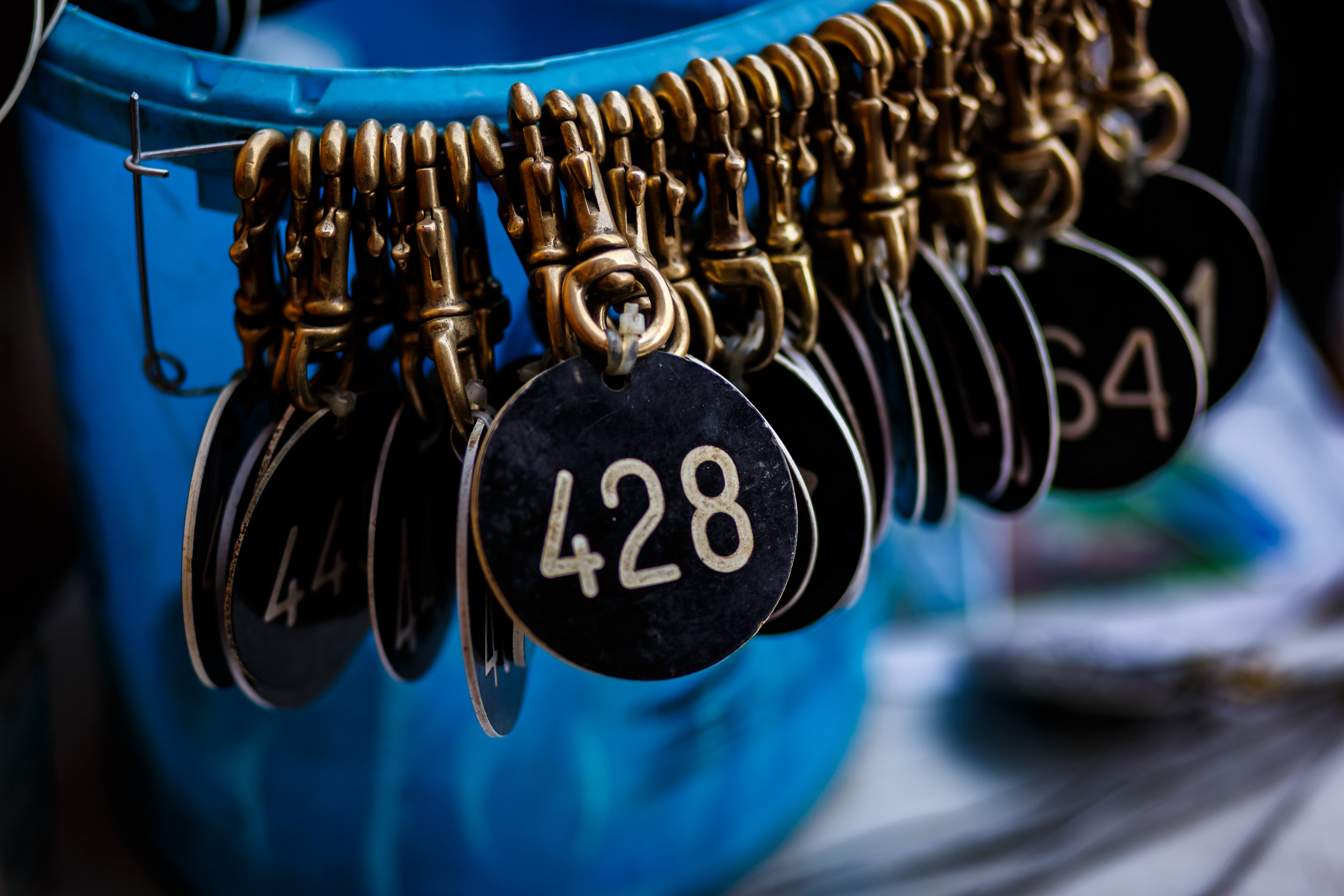Lissa Oliver's Spring Sales Analysis
By Lissa Oliver
A question that has divided commercial breeders and racehorse trainers since Tattersalls first decided to auction thoroughbreds is the definition of The Big Day.
For trainers, it is a major race at a major festival. Although every commercial breeder dreams of a high-profile winner, their big day is a major price at a major sale. Why else do we differentiate between commercial breeders and those who breed to race, lamenting the loss of the traditional owner-breeder at every dispersal sale?
If the outcome of the matings and sales preparation resulted in The Big Day for both parties, there would be no complaints, but as some have learned to their cost, the sales topper doesn’t always reach such dizzy heights again. The excitement and anticipation generated by the final knock-down figure builds to hype if and when the sales topper makes its racecourse debut, but can sometimes be followed by immediate disappointment and obscurity.
But is this always the case, and for all of the elite sales horses? And how does a big day in the sales ring affect the elite two-year-olds, prepared for the breeze-up sales that are often referred to as ready-to-run sales? Are the juveniles ready to run or, as some trainers suspect, over-boiled?
To see if any emerging pattern can shed light on these questions, I looked at the racecourse performances of the best-selling breeze-up juveniles and three-year-old National Hunt store horses from certain sales. I chose the period of 2005 to 2014 to obtain 10 years of data and to allow for the most recent of the graduates to reach their potential on the track, and I followed the careers of the 10 highest-priced lots sold (not unsold or bought in) at each selected sale. Because the Goresbridge Breeze-Up sale only began in 2006, a total of 490 horses were included from the five selected sales.
As most trainers earn a living by trading horses, career earnings often have little relevance on whether or not a purchase turned a profit. Many of the graduates here have gone on to long careers in Japan, Hong Kong, Dubai, Australia, or the USA, so their second-hand value is likely to have exceeded their original purchase price. In the case of the fillies, a residual paddock value also renders their career earnings redundant. However, the earnings on track do provide a measure of the ability of the individual and the longevity of career. A non-blacktype winner amassing more than €30,000 has undoubtedly been a top-class handicapper or a tough and consistent performer throughout a lengthy career.
What is quite shocking to see is that some British-trained horses who have both won and placed second during their career have amassed only €4,000 or less in earnings. This covers just eight weeks of training fees and is surely scant reward for a winning horse, particularly when in Ireland, for example, minimum prize money has risen from €6,000 to €10,000 and a single win could pay the bills for five months.
Regardless of whether a Flat breezer or National Hunt store horse can recover its purchase price, we can be sure that the store horse will at least recover its physical and mental well-being by the time its career begins. Many trainers of two-year-olds argue differently when it comes to the breeze-up graduates and so we must also examine the results to see if the preparation for these sales has any negative effect. Though times are not officially taken at European breeze-up sales, it can be assumed that the 10 highest-priced two-year-olds put in the most impressive gallop, so it will be of interest to see how this impacts, if at all, their immediate career.
TO READ MORE --
Order this issue in print or download
Why not subscribe?
Don't miss out and subscribe to receive the next four issues!
Is conformation in racehorses relevant?
The 2008 yearling sales have begun! Thousands of blue-blooded Thoroughbreds will have their conformation analyzed by trainers, owners and those conformation experts – bloodstock agents. Each catalogue is promoted with photographs of the current superstars sold at last year’s sale. However, does examining a horse’s conformation really give you a better idea as to whether you are looking at next year’s superstar?
James Tate BVMS MRCVS (European Trainer - issue 23 - Autumn 2008)


